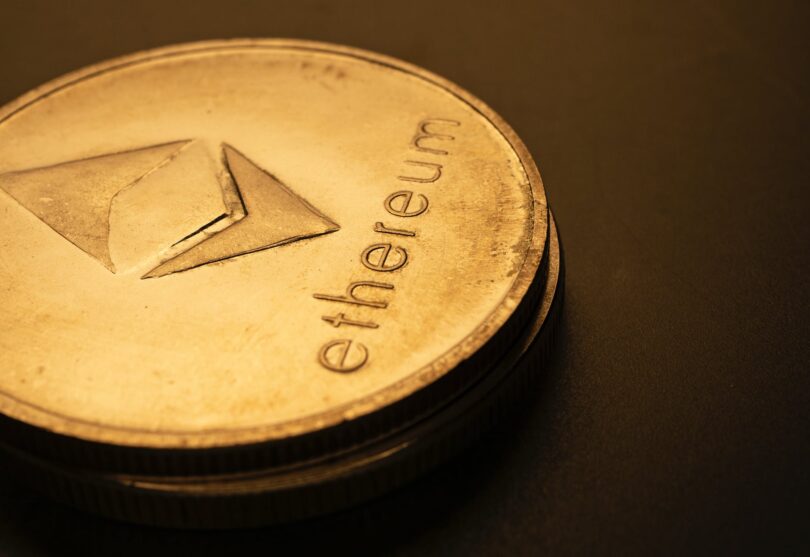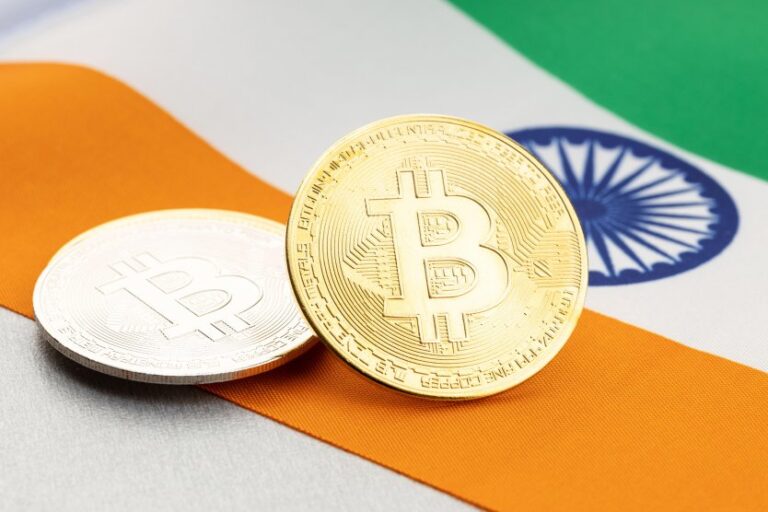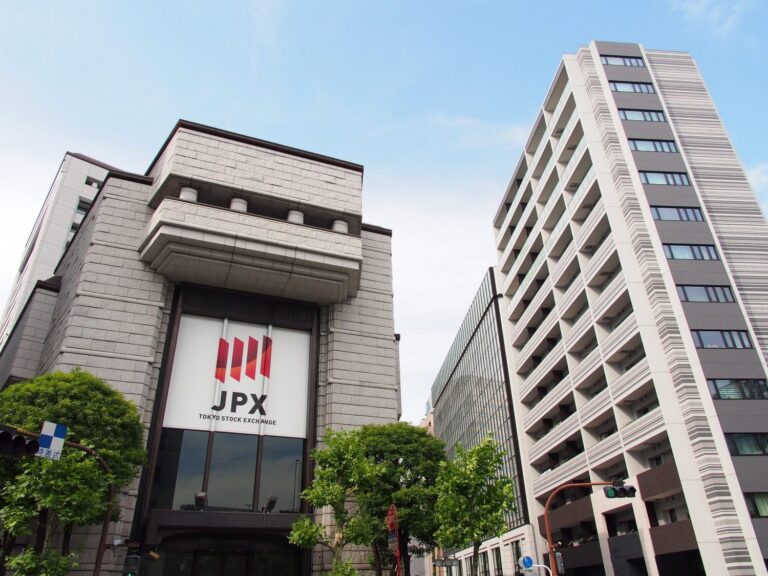We all know that Layer 1 solution Ethereum (ETH) has had a rising gas fee problem for what seems like eternity. This prevents the network from solving the issues it was supposed to solve. High Ethereum gas prices make it impossible for ERC20 projects to run any microtransaction payments on Ethereum. This defeats the idea of using the Ethereum network for one of its principal use cases.
Gas fees are part of Ethereum. They are the price required for miners to execute transactions. This fee is not constant, it fluctuates depending on network demand. A transaction can be delayed or out rightly rejected if it does not meet the miners’ threshold.
While miners would love to see gas fees going to the moon, this is not good for Ethereum in the long run. There are organizations that pay their contractors in ether because of cheaper transaction fees. However, under the current conditions, it is economically impossible. In the end, there is no incentive for using the Ethereum network. At worst, it becomes a liability.
The Ethereum 2.0 upgrade, originally known as Serenity, is one of the most highly anticipated updates in the protocol’s history. It will see Ethereum switch from Proof-of-Work (PoW) to Proof-of-Stake (PoS).
Ethereum, due to its consensus mechanism, can only handle 15 transactions per second (TPS) compared to VISA’s 1,500 TPS. The migration to PoS will see the network increase its throughput.
The migration to PoS will also see Ethereum miners replaced by validators who stake their ether to maintain the network. This changes the protocol’s economic model. While the incentive structure for the PoS architecture is yet to be worked out, miners are mainly concerned about the present moment. They want to look out for themselves and not so much about the long-term interests of the network.
Will ETH 2.0 actually save Ethereum?
A couple weeks ago, Ethereum co-founder Vitalik Buterin brought forth Ethereum Improvement Proposal (EIP) 4488, an upgrade that could drive down transaction costs for Ethereum rollups like Arbitrum, Optimism and zkSync. The proposal detailed the immediate steps for pushing gas fees down without sacrificing security, as well as the roadmap for moving forward post-Merge. Here are some of the ideas contained within the proposal:
- Layer 2 rollups batch users’ transactions and post them to mainnet via “calldata.” Calldata is defined by OpenZeppelin as “a read-only byte-addressable space where the data parameter of a transaction or call is held.” According to Buterin’s blog post, the upgrade would reduce the cost of posting calldata onto mainnet, further driving down costs for end users.
- In their current state, Ethereum block sizes are healthy enough that EIP 4488 combined with other upgrades would not add any significant costs to maintaining a node. Keeping block size small is essential for maintaining decentralization and ensuring anybody can run a node.
- Increasing data space alone would put strain on node operators, as storing the entire history of the network would be too large for average computers. A complementing proposal to offload a node’s responsibility of storing blocks one year or older would solve this issue.
- By socializing gas costs across multiple transactions, Optimistic rollups have already driven transaction fees down 3-8x, and ZK-rollups are 40-100x cheaper than Ethereum’s base layer. Buterin expects increasing data space could “decrease costs for rollups by ~5x.”
- Buterin hinted that rollups will likely be the short, medium and long term solution to scaling Ethereum. Introducing sharding to Ethereum’s proof-of-stake network will further allow the blockchain to scale and make transactions cheaper for layer 2 rollups.
While impossible to predict, it is entirely possible that transaction fees will initially increase or remain the same post-Merge. Once Ethereum sheds the narrative that it consumes more energy than a moderately sized country, new users and entities may come onboard to use the technology and increase the current demand for block space. However, impending upgrades (such as sharding, rollups and calldata improvements) to the network after the Merge will focus on increasing scalability without sacrificing decentralization.
Other Cryptos that are better than Ethereum (ETH)
There are some other cryptos that are better than Ethereum (ETH), here’s the top 3 I recommend looking at:
- Zilliqa (ZIL) – Zilliqa already has sharded technology running on the blockchain and is way faster than Ethereum.
- Solana (SOL) – Highly known Ethereum competitor and is also cheaper to transact on the network.
- XRP (XRP) – XRP is currently the fastest and greenest cryptocurrency, the developers will soon be implementing native NFT support.




